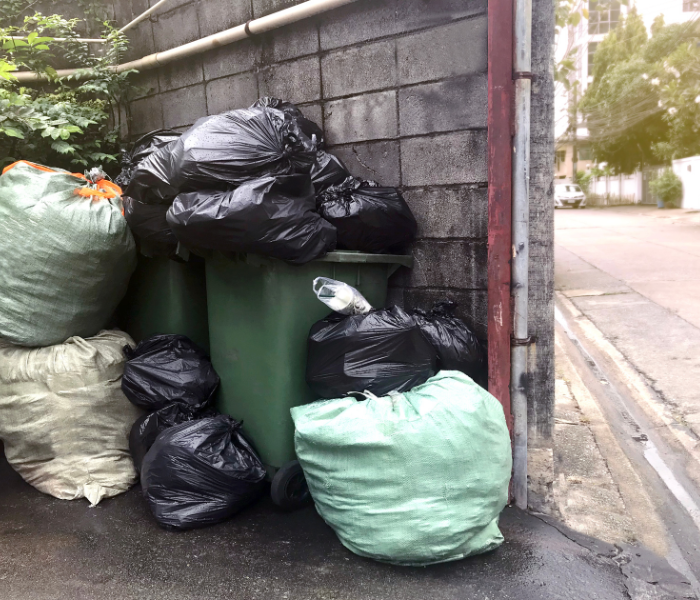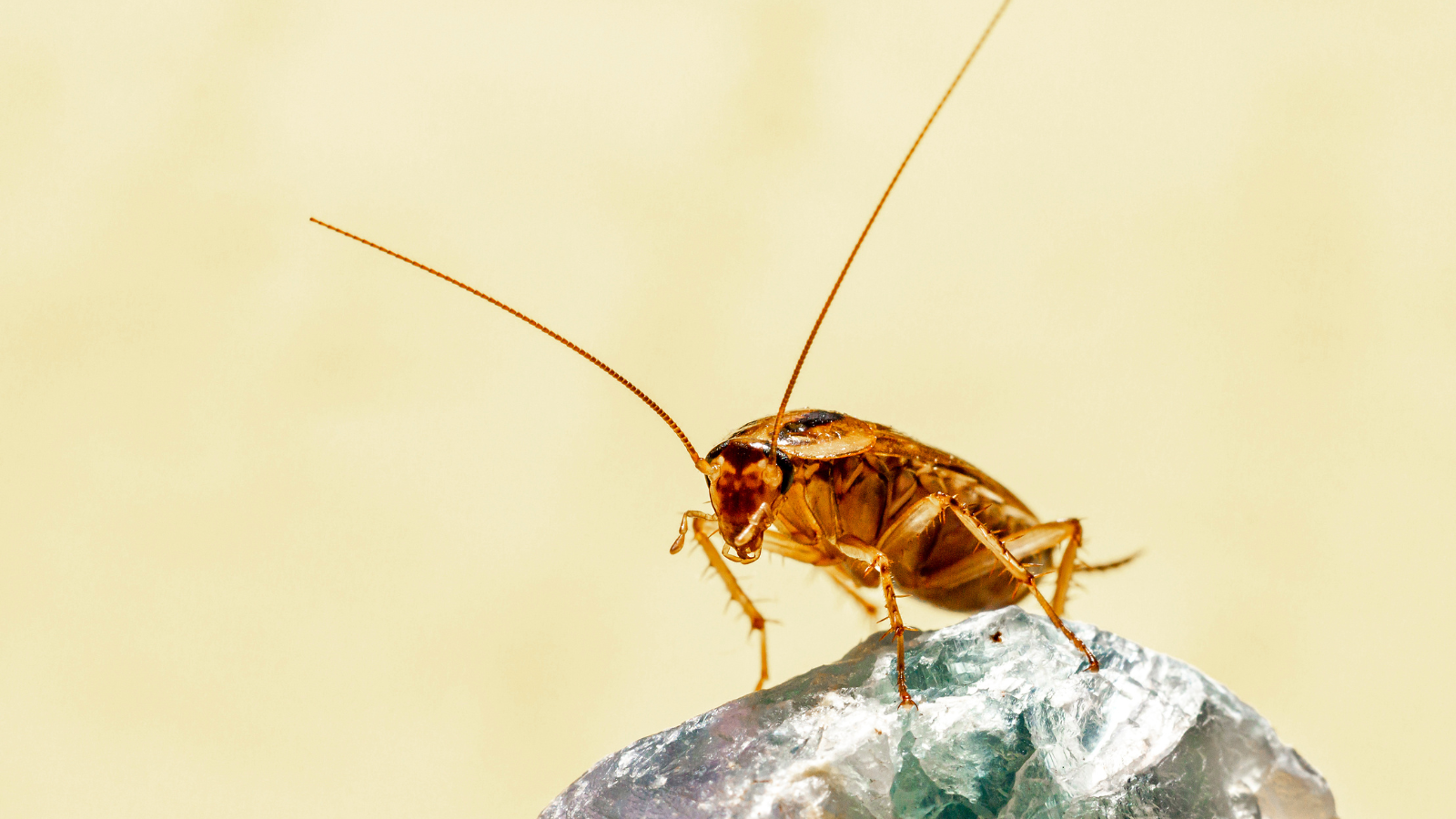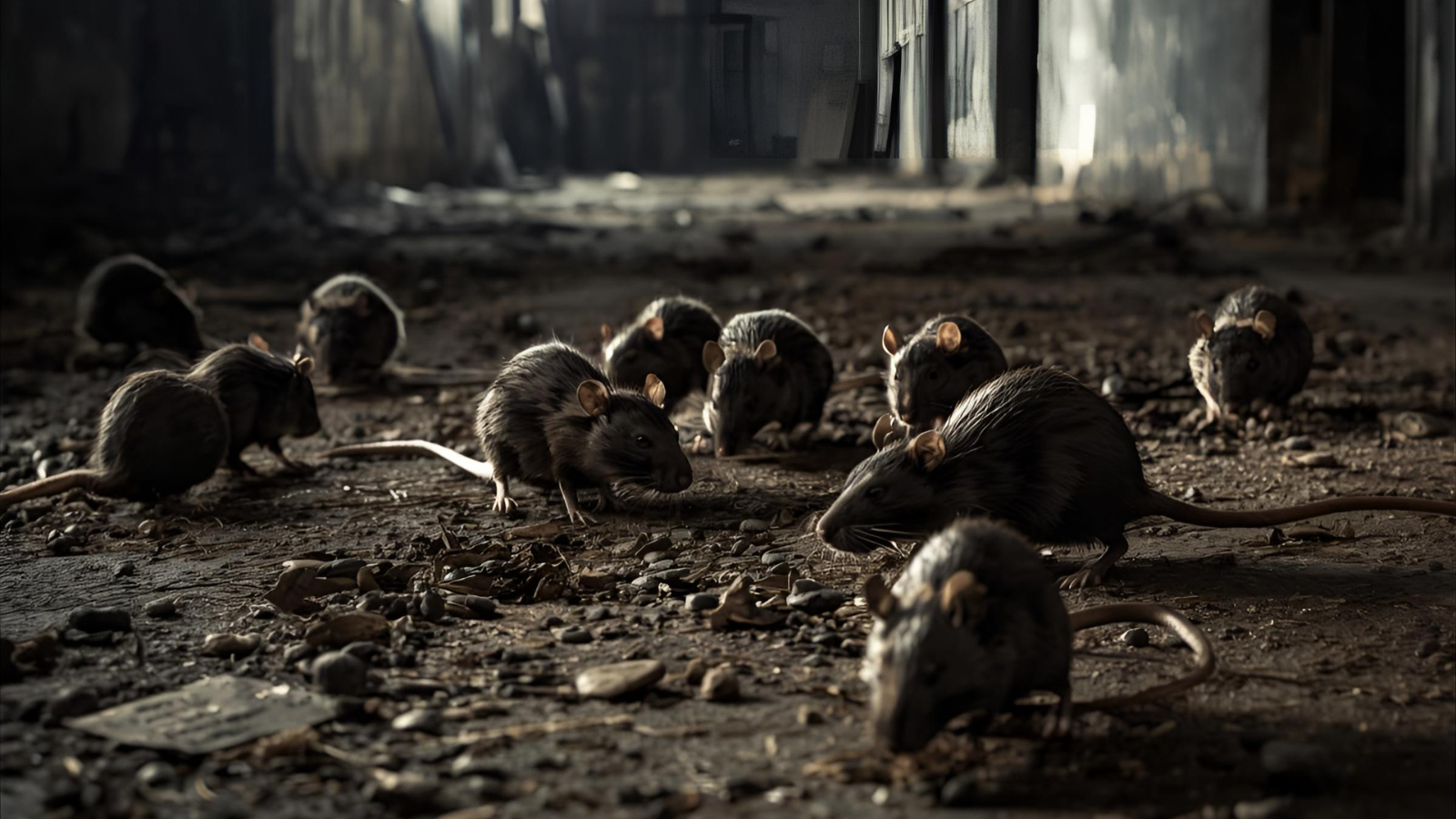How To Protect Your Clothes From Clothes Moths This Summer
At Obsidian Environmental Services, we know how devastating moth infestations can be. While moths may not seem as dramatic as rats or bed bugs, these subtle pests can cause serious and costly damage, especially in older London homes with vintage wardrobes, poor ventilation, or carpeted interiors. By the time you notice the signs, your cherished garments might already be riddled with holes.
Why Clothes Moths Thrive in London Homes During Summer
June brings warmth and humidity. This combination creates ideal conditions for clothes moths to breed and feed. London’s mix of historic buildings, high humidity levels, and cramped storage spaces makes the perfect storm for infestations.
Let’s break down what Moths thrive on:
- Poor Ventilation in Wardrobes & Lofts
Older properties often lack airflow in areas where moths love to lay eggs. Dark, still spaces filled with natural fabrics to nest & feed their larvae. - Wool, Silk & Cotton Galore
Moths are drawn to keratin, a protein found in natural fibres like wool and silk. Luxury clothing, upholstery, and rugs are all at risk. - Urban Storage Habits
Storing away winter clothes without washing them first is a common mistake. Moths are especially attracted to traces of sweat, skin cells, and food, often found on seldom-used garments.
The Hidden Cost of Moth Damage
Moth larvae, the adult moths’ offspring, are the real destroyers. These larvae quietly feed on your clothes for weeks or months, leading to:
- Holes in suits, dresses, and cashmere jumpers
- Damaged carpets and curtains
- Ruined sentimental items like wedding attire or heirlooms
- Expensive repair or replacement costs
There can also be a common, indirect cost to furniture, where Moths enjoy snacking on the glue or wood pulp of these items. This can cause damage and leave the item unusable.
Many Londoners don’t realise the source of damage until it’s too late, especially because moths operate silently and out of sight.
How to Protect Your Clothes from Moths
To protect your belongings from moths in the first place, focus on prevention through cleanliness, airtight storage and natural repellents. Regularly clean wardrobes and drawers, store clothes in sealed containers and use cedar or lavender-based products as a repellent. These can also help keep your clothes smelling fresh.
Some other quick ways of protecting your clothes from Moths include:
- Wash All Clothes Before Storing
Even lightly worn clothing should be cleaned before going into storage. Use hot washes or dry cleaning when possible. - Vacuum Regularly in ‘Hard to Reach’ Spaces
Focus on under-bed storage, wardrobe corners and skirting boards. Moth eggs can live in lint and dust. - Use Moth-Repelling Scents
Natural deterrents like cedar wood, lavender, or clove sachets can discourage moths but won’t eliminate existing infestations. - Store Off-Season Clothes in Airtight Containers
Avoid cardboard boxes or bin bags, which moths can penetrate. Use sealed plastic or vacuum storage instead. - Rotate and Air Out Your Wardrobe
Moths prefer still, quieter environments where they won’t be disturbed. Simply moving your clothes every few weeks helps keep them at bay.
When DIY Isn’t Enough, Get In Touch With Our Qualified Moth Control Team
If you’re frequently seeing:
- Tiny silvery moths fluttering/crawling around your property
- Irregular holes in knitwear or suits
- Cases or larvae in wardrobe corners or drawers
…it’s time to contact a pest specialist.
At Obsidian Environmental, our Central London-based pest specialists offer:
- Thorough inspections using industry-standard detection tools
- Safe, targeted treatments that kill larvae and eggs without damaging your property
- Advice tailored to your home’s layout and furniture types
- Ongoing prevention plans for peace of mind all year round
We understand how important your belongings are to you, your comfort and your finances. Don’t let clothes moths quietly destroy what matters most. Our BPCA-certified technicians are ready to act swiftly, offering specialist moth treatments throughout Central London properties.
Book a rapid callout visit today to protect your personal belongings before the damage spreads.



